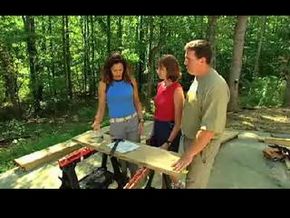 “
“
Most natural stone can work well in hardscape designs. So see if there is any easily sourced local stone available and work out exactly how you want to use the stone in your hardscape design.
Living in a mainly wet or dry area can make a real difference to your choice of stone. Some types of flagstone for example can become very slippery when wet so they may be more suitable for drier conditions. Local sandstone or quartzite, which can shine or even glow in the moonlight, can be a great choice for desert conditions. Slate, on the other hand, is naturally water resistant and, like gravel, looks lovely around a water feature.
Gravel, sandstone, quartzite, granite, flagstone, limestone and slate work well for paths and are available in a surprisingly wide range of colors. You can even use low- maintenance colored gravel as a mulch in garden beds. If you want to build a wall or a raised bed, rounded fieldstones are a great choice. Alternatively, you can achieve a similar stonewall effect by building a regular wall foundation and adding a thin stone veneer of flagstone, limestone, or even fieldstone.
For a formal look to your garden, use square or rectangular-cut flagstone, or slate tiles. This type of cut is called “fully dressed” and enables you to create a specific pattern for your path or patio areas. If you want a more informal style, using “semi-dressed” stone will give you a loosely shaped surface of an even thickness. Stepping-stones or steps made from bluestone, a type of sandstone, will give a distinctive look.
With natural stone you can use as little or as much as you like to create an individual look for your garden’s hardscape design.



























